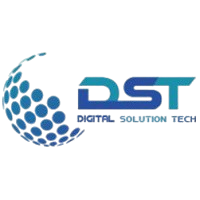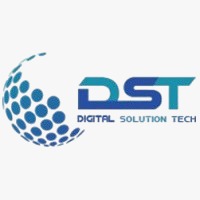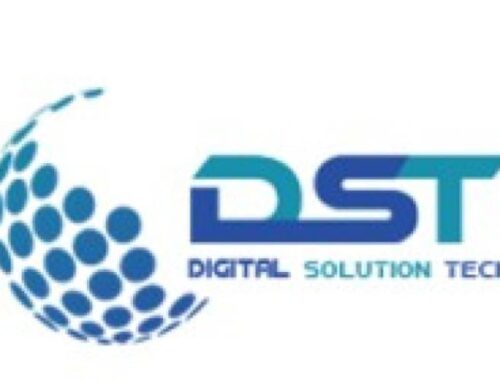In today’s competitive business environment, achieving a high return on investment (ROI) demands precision in marketing strategies. Targeted marketing emerges as a key approach to connect with the right audience while optimizing resources. By focusing efforts on defined customer segments, businesses ensure greater relevance, better engagement, and increased profitability.
Understanding Targeted Marketing
Targeted marketing involves the segmentation of audiences based on specific criteria such as demographics, behavior, interests, or location. This method ensures that marketing messages resonate with the intended audience. Blanket approaches often result in wasted resources, whereas targeted efforts address the unique needs and preferences of potential customers.
The approach incorporates data-driven techniques to refine segmentation. Advanced tools analyze customer data, creating profiles that allow for more precise targeting. These insights enable marketers to deliver customized messages, fostering stronger connections with their audiences.
The Role of Data in Targeted Marketing
Data collection forms the backbone of targeted marketing. Sources include website analytics, social media interactions, and purchase histories. By analyzing patterns, businesses identify trends that reveal valuable insights. For instance, behavioral data highlights purchase intentions, while demographic data refines audience segmentation.
Artificial intelligence (AI) and machine learning further enhance data utility. Predictive analytics anticipate customer needs, allowing brands to engage at the right moment. Additionally, personalization powered by data fosters higher engagement and conversion rates.
Benefits of Targeted Marketing
The advantages of targeted marketing extend beyond improved ROI. Increased brand relevance boosts customer loyalty. By addressing specific pain points, businesses create meaningful connections that translate into long-term relationships.
Cost efficiency represents another critical benefit. Focused efforts reduce resource wastage, ensuring that budgets deliver maximum impact. Campaigns designed for segmented audiences often require fewer iterations, streamlining the process and saving time.
Enhanced customer experiences also result from targeted marketing. Personalized content, offers, and communications build trust and satisfaction. Positive interactions foster advocacy, further amplifying brand reach.
Strategies for Implementing Targeted Marketing
Effective implementation begins with thorough audience research. Segmentation criteria should align with business goals. Psychographic data, such as values and lifestyles, often provide deeper insights than basic demographics.
Content creation tailored to each segment ensures resonance. For example, younger audiences might prefer dynamic, visually appealing formats, while professionals respond better to informative, data-driven content. Medium selection also plays a vital role. Social media campaigns, email newsletters, and in-app notifications each cater to different segments.
A/B testing refines marketing strategies. By comparing variations of campaigns, businesses identify the most effective approach. Iterative testing minimizes guesswork and enhances campaign success rates.
Digital Channels for Targeted Marketing
Digital platforms provide unparalleled opportunities for targeted marketing. Social media platforms like Facebook, Instagram, and LinkedIn offer sophisticated tools for audience segmentation. Marketers can specify parameters such as age, interests, and location to reach desired demographics.
Search engine marketing (SEM) focuses on intent-driven targeting. Keywords and search behavior guide campaigns, ensuring visibility among potential customers actively seeking solutions.
Email marketing remains a cornerstone of targeted outreach. Segmented email lists and personalized messaging increase open rates and drive conversions. Automation tools further streamline processes, enabling timely and relevant communications.
Programmatic advertising employs AI to optimize ad placements. Algorithms ensure ads reach the right audience at the right time. Real-time bidding (RTB) enhances cost-efficiency while maximizing impressions.
Measuring ROI in Targeted Marketing
Metrics play a critical role in evaluating targeted marketing success. ROI calculation involves comparing campaign costs to generated revenue. However, additional metrics such as customer acquisition cost (CAC), conversion rates, and lifetime value (LTV) provide deeper insights.
Attribution modeling assigns credit to various touchpoints in the customer journey. Understanding which interactions drive conversions enables more effective resource allocation. Tools like Google Analytics and CRM platforms facilitate comprehensive performance tracking.
Continuous improvement depends on regular analysis and adjustment. Campaigns must evolve in response to changing consumer behaviors and market dynamics. Regular feedback loops ensure sustained optimization.
Overcoming Challenges in Targeted Marketing
Targeted marketing faces several challenges, including data privacy concerns and saturation in competitive spaces. Compliance with regulations like GDPR and CCPA ensures ethical data practices while maintaining consumer trust. Transparent communication about data usage builds credibility.
Differentiation becomes essential in crowded markets. Creative strategies, unique value propositions, and authentic brand voices set businesses apart. Investment in innovation helps brands maintain relevance and capture attention.
The Future of Targeted Marketing
Technological advancements continue to reshape targeted marketing. Artificial intelligence drives more nuanced audience insights, enabling hyper-personalization. Augmented reality (AR) and virtual reality (VR) create immersive customer experiences, further enhancing engagement.
The integration of blockchain technology promises greater transparency in digital advertising. Fraud reduction, improved trust, and verified metrics contribute to more efficient campaigns.
Sustainability and ethical considerations will also shape future strategies. Consumers increasingly prefer brands aligned with social and environmental values. Incorporating these elements into targeted campaigns fosters deeper connections with purpose-driven audiences.
Conclusion
Targeted marketing represents a powerful tool for maximizing ROI. By leveraging data, segmentation, and personalization, businesses achieve greater efficiency and impact. Digital platforms provide the means to execute precise campaigns, while metrics guide continuous improvement.
In the digital age, adaptability remains crucial. Embracing innovation and addressing challenges ensure sustained success. Targeted marketing not only drives profitability but also strengthens relationships with audiences, creating lasting value for brands and consumers alike.
visit us : https://digitalsolutiontech.com/






Leave A Comment